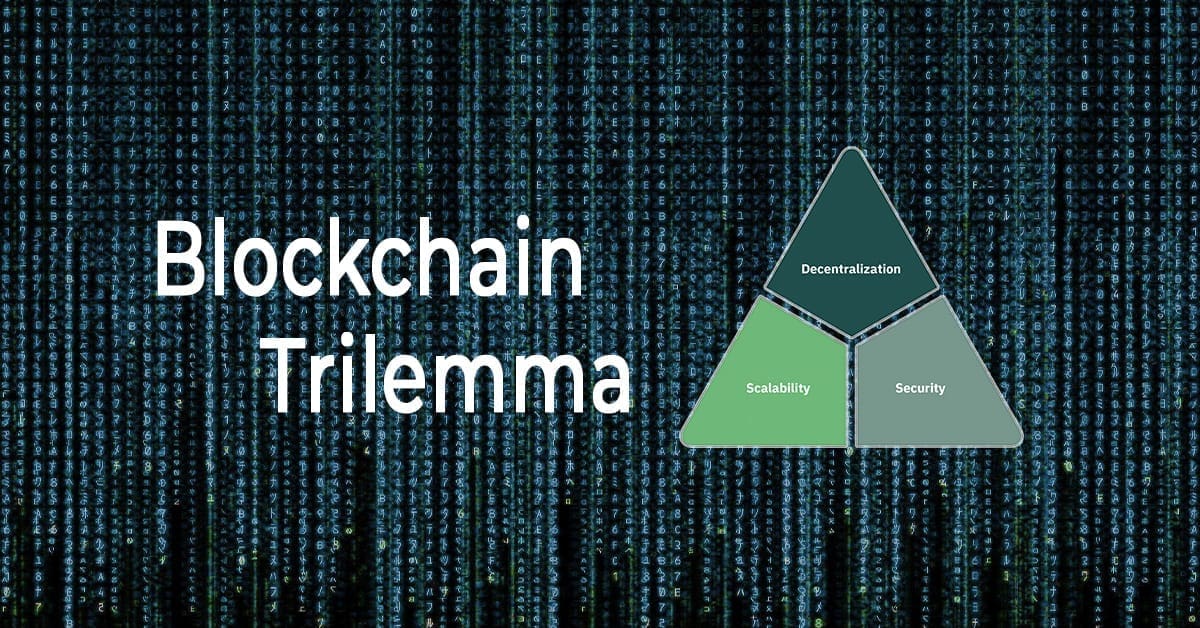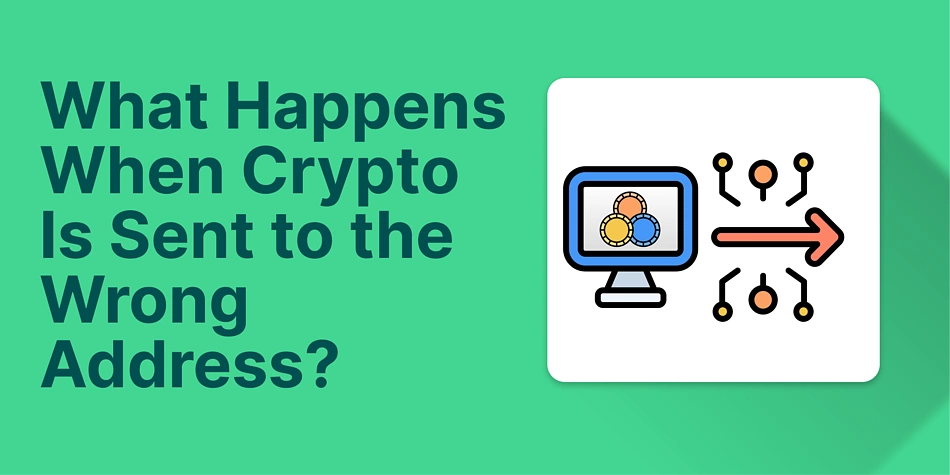Understanding the Blockchain Trilemma: Scalability, Security, and Decentralization
As blockchain technology continues to mature and expand across various sectors, a fundamental challenge known as the Blockchain Trilemma has become central to the development of sustainable blockchain systems. Coined by Ethereum co-founder Vitalik Buterin, the trilemma illustrates the difficulty of achieving scalability, security, and decentralization all at once in a blockchain network.
This article explores the components of the trilemma, why it matters, and how different blockchain projects attempt to solve or balance it.
What Is the Blockchain Trilemma?
The Blockchain Trilemma proposes that a blockchain system can only optimize two out of the three properties—Scalability, Security, and Decentralization—but not all three simultaneously.
- Scalability: The ability of the blockchain to handle an increasing number of transactions and users efficiently.
- Security: The assurance that the network is resistant to attacks and maintains data integrity.
- Decentralization: The extent to which a blockchain is distributed among many participants without central control.
Each component offers distinct benefits but also comes with trade-offs. Let’s break them down.
1. Decentralization
Decentralization is at the heart of blockchain ideology. It ensures that no single entity controls the network, and all participants have equal power and access.
Benefits:
- Reduces risk of censorship and control by centralized authorities.
- Promotes trustless interactions between participants.
- Resilient to single points of failure.
Challenges:
- Requires consensus among many nodes, which can slow down transaction throughput.
- Harder to upgrade or coordinate across a large number of participants.
Example: Bitcoin is highly decentralized, with thousands of nodes verifying transactions globally. However, this comes at the cost of scalability, as it can only process around 7 transactions per second (TPS).
2. Security
Security refers to the protection of the blockchain network from malicious attacks, double-spending, data manipulation, and other forms of interference.
Benefits:
- Ensures user funds and data are safe.
- Builds trust in the network.
- Prevents fraud and manipulation.
Challenges:
- High security (e.g., via Proof of Work) often demands intensive resources.
- May require trade-offs in ease-of-use or scalability.
Example: Ethereum is highly secure thanks to its massive validator set and smart contract logic, but it had to make compromises in scalability before upgrades like Ethereum 2.0.
3. Scalability
Scalability is the network’s ability to grow and manage increased transaction volume without sacrificing speed or performance.
Benefits:
- Supports mass adoption.
- Enables faster transactions and lower fees.
- Powers decentralized applications (dApps) efficiently.
Challenges:
- Achieving scalability without centralizing infrastructure is difficult.
- More nodes and data may slow down network consensus.
Example: Solana offers high scalability (up to 65,000 TPS), but critics argue that it sacrifices decentralization due to high hardware requirements.
Why Is the Trilemma Important?
Most blockchain platforms must make design decisions that prioritize two aspects of the trilemma while sacrificing the third. These choices shape how the platform functions, who can use it, and what use cases it best supports.
Common Trade-Offs:
- Decentralized & Secure, but not Scalable
- Example: Bitcoin, Ethereum (pre-2.0)
- High security and decentralization, but limited throughput.
- Scalable & Secure, but not Decentralized
- Example: Binance Smart Chain (BSC), where a few validators control consensus.
- Fast and secure but risks central control.
- Decentralized & Scalable, but less Secure
- Example: Some newer chains may compromise on battle-tested security for performance.
- Still experimental and risky.
Attempts to Solve the Trilemma
Despite its constraints, various innovations have emerged to mitigate the trade-offs and aim for a more balanced blockchain design.
1. Layer 2 Solutions
These are secondary frameworks built on top of existing blockchains to increase scalability without altering the base layer.
- Examples: Arbitrum, Optimism (Ethereum Layer 2 Rollups), Lightning Network (Bitcoin)
- How it helps: Offloads transaction load while inheriting security from the main chain.
- Limitations: Complexity and user onboarding hurdles.
2. Sharding
Sharding splits the blockchain into smaller parts (shards) that can process data in parallel.
- Adopted by: Ethereum 2.0 (in future phases), Zilliqa
- Benefits: Increases throughput significantly without reducing decentralization.
- Challenges: Cross-shard communication and maintaining global consensus.
3. Consensus Mechanism Innovations
New types of consensus mechanisms aim to optimize trade-offs:
- Proof of Stake (PoS): Less energy-intensive and allows more nodes to participate.
- Delegated Proof of Stake (DPoS): Improves speed but sacrifices some decentralization.
- Proof of History (PoH): Used by Solana to timestamp transactions for speed.
- Hashgraph or DAGs: Used in Hedera or Fantom to break away from traditional blockchains.
4. Modular Blockchains
Projects like Celestia and Polygon Avail separate execution, consensus, and data availability layers. This modular approach allows greater specialization and potential balance across the trilemma.
Case Studies: Blockchain Projects and the Trilemma
Bitcoin
- Focuses on security and decentralization.
- Lacks scalability.
- Layer 2 solutions like the Lightning Network are being used to improve scalability.
Ethereum (pre-2.0)
- Secure and decentralized but had high gas fees and network congestion.
- Ethereum 2.0 upgrade with PoS and sharding aims to address scalability.
Solana
- Prioritizes scalability and security.
- High hardware requirements and fewer validators reduce decentralization.
Avalanche
- Tries to balance all three by using a novel consensus protocol.
- Offers high throughput, security, and customizable subnets for decentralization.
Polkadot & Cosmos
- Use interoperability and parallel chains to improve scalability while offering shared or modular security.
- Offer customizable levels of decentralization.
The Future of the Trilemma
As technology evolves, the strict limitations of the trilemma may become more manageable. Zero-knowledge proofs, modular design, and hybrid consensus models offer new ways to optimize all three components.
Blockchain developers now aim for progressive decentralization—starting with scalable and secure systems and gradually decentralizing them as they mature.
Moreover, combining Layer 1 and Layer 2 strategies could make the trilemma more of a balance than a hard limitation.
Conclusion
The Blockchain Trilemma remains a key concept in understanding the trade-offs of blockchain architecture. No system perfectly balances scalability, security, and decentralization, but many are finding innovative ways to get closer.
For users and investors, understanding which two elements a blockchain prioritizes can guide decisions about which projects align with specific needs—whether that’s DeFi, NFTs, payments, or enterprise use.
Ultimately, solving the trilemma—or at least optimizing it—is vital for blockchain’s mainstream adoption.




